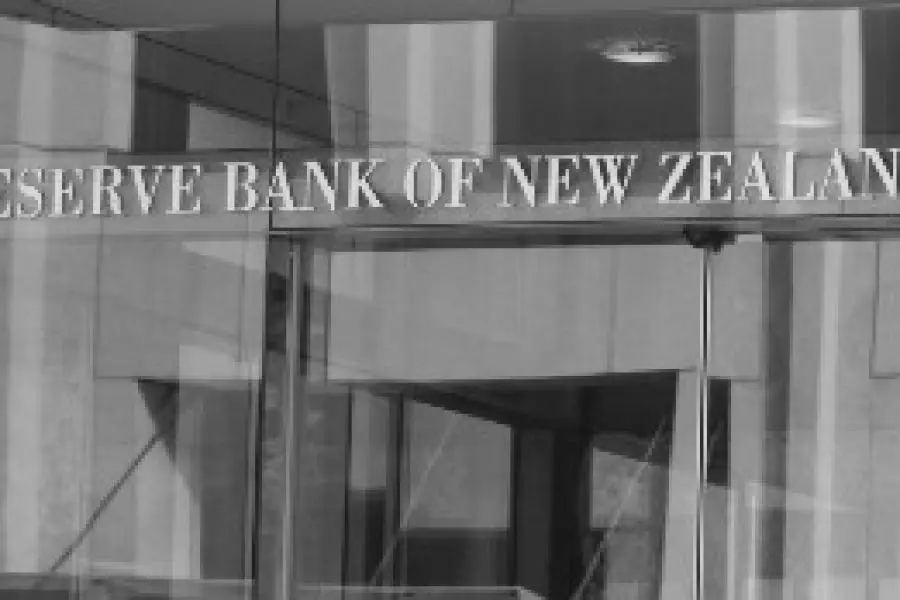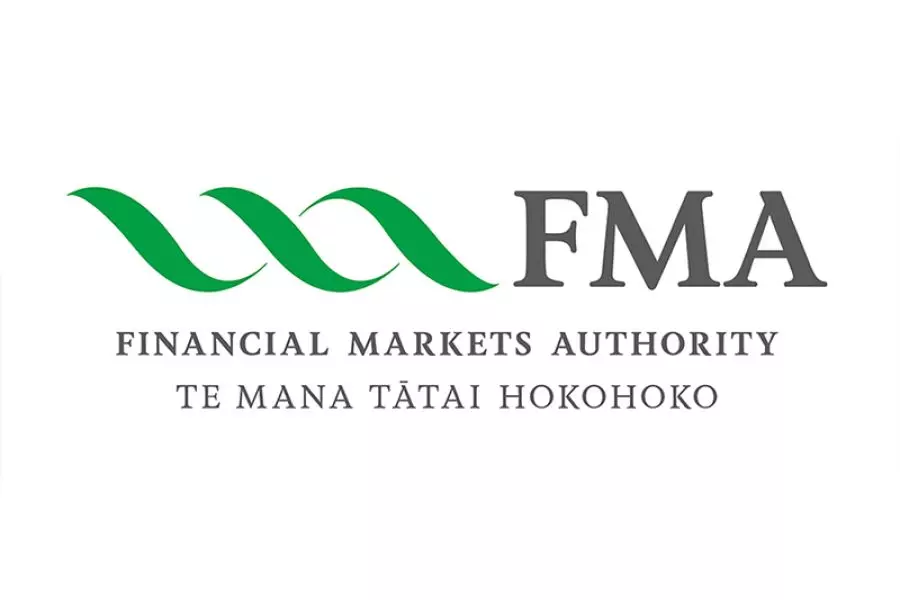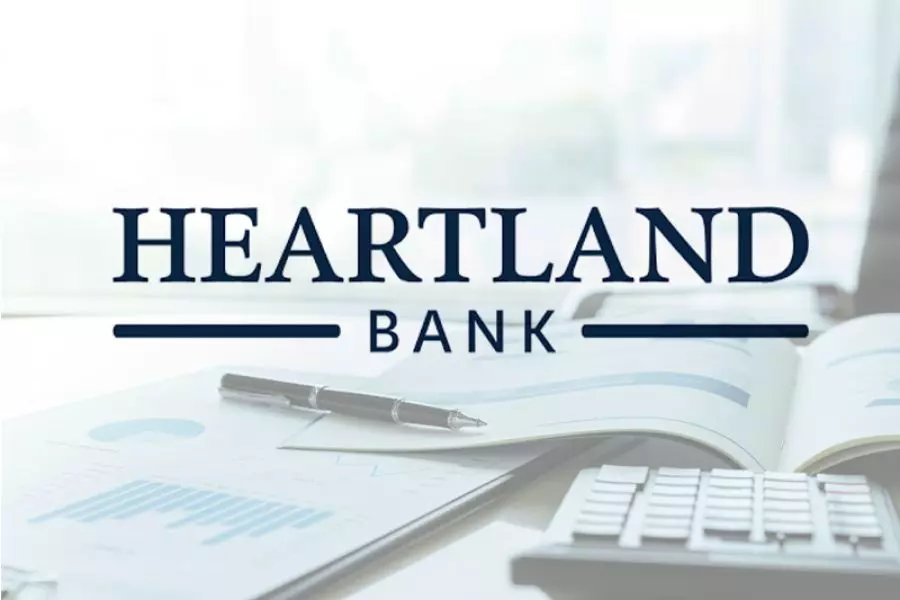
News
LVRs kicking in for Auckland house prices

Friday 16th of July 2021
Westpac’s latest market commentary shows Auckland house prices have been a relative laggard – up 3.4% in the past three months, compared to 6.7% in the rest of the country.
Acting chief economist Michael Gordon says it’s not that Auckland was running hotter than the rest of the country previously; rather, it’s more likely the LVR restrictions have had a greater i...
Want to read the full article?
Click the button below to subscribe and will have unlimited access to full article and all other articles on the site.
2 min read








![[The Wrap] Bye Bye Bayly](https://goodreturns.publit.io/file/c_fill,w_900,h_600/39f23ac1-f7c7-4854-b700-a150004ebbac.webp)